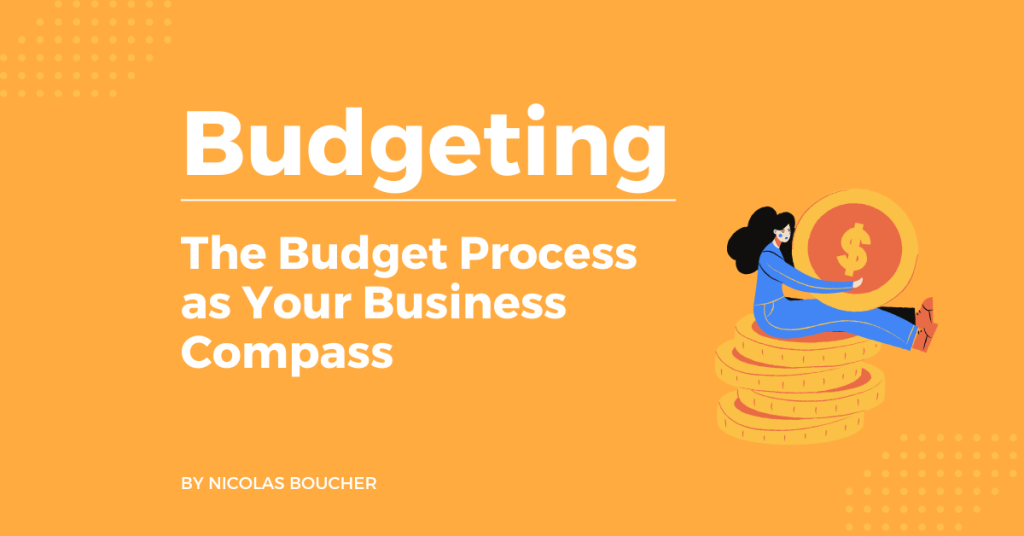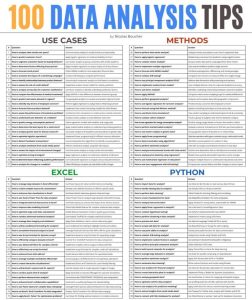How do you communicate finance to non-finance people?
As a finance professional, you’re used to dealing with complex financial data and analysis on a daily basis.
However, when it comes to communicating with non-finance people, things can get tricky. You may find that your colleagues or clients struggle to understand the jargon and technical terms you use.
Here, I’ll provide you with some tips and tricks to help you communicate more effectively with non-finance people.
Table of Contents
Tips and Tricks for Communicating Finance to Non-Finance People
Here are the tips and tricks you can use to efficiently communicate finance to non-finance people.
Know Your Audience
Before you start talking, it’s important to understand who you’re talking to.
- What is their background?
- What is their level of financial literacy?
- Tailor your message and language accordingly.
Use Plain English
Avoid using technical jargon and complex terms that may be unfamiliar to your audience. Instead, use simple, straightforward language that is easy to understand.
Example: Instead of saying “Our EBITDA for the quarter was $500,000,” you could say “We made $500,000 in profit before interest, taxes, depreciation, and amortization.”
Use Visuals
Visual aids such as graphs and charts can help to explain complex financial concepts in a more accessible way.
Use visual aids to illustrate your points and make your message more memorable.
Example: Use a chart to show how revenue has increased over time, rather than simply presenting a set of numbers.
Use Analogies
Analogies can be a powerful tool for helping non-finance people understand financial concepts.
Examples: You might compare a balance sheet to a personal bank statement or a profit and loss statement to a household budget.
Also, you could compare a company’s cash flow to a person’s income and expenses, to help non-finance people understand how cash is generated and used.
Give Context
When presenting financial information, it’s important to give context to help non-finance people understand the bigger picture.
Explain how the information relates to the company’s overall goals and objectives.
Example: If you’re presenting a budget for a new project, explain how the project fits into the company’s overall strategy and how it will contribute to the company’s success.
Use Storytelling
Storytelling is a powerful way to make financial concepts relatable and memorable.
You can use anecdotes or case studies to illustrate your point and make your message more engaging.
Be prepared to answer questions: Non-finance people may have a lot of questions, so be prepared to answer them and provide additional information as needed.
Avoid Being Condescending
While you may have more financial knowledge than your audience, it’s important to avoid being condescending or talking down to them.
Therefore, treat your audience with respect and patience.
Use Active Voice
Using active voice can help make your message more engaging and easier to understand.
For example, instead of saying “The budget was approved,” say “We approved the budget.”
Bonus/Last Tips
Practice Active Listening:
Make sure to listen to your audience and address their questions and concerns. Don’t assume that they understand everything you’re saying.
Follow Up:
After the meeting, follow up with your audience to ensure they understand the information and answer any additional questions they may have.
Be Patient:
Remember that not everyone has the same level of financial literacy as you. Be patient and take the time to explain concepts in a way that is easy to understand.
Use Real-World Examples:
Use real-world examples to help non-finance people understand financial concepts. For example, you could use a news article or current event to illustrate a financial concept.
Conclusion – Follow the Tips to Communicate with Non-Finance People Efficiently
Communicating with non-finance people may require a little extra effort, but it’s an essential skill for any finance professional.
By following these tips, you can make your message more accessible and understandable to non-finance people, and build stronger relationships with your colleagues and clients.
Transform your storytelling skills by taking my course and see your finance career take off!
Finally, take your financial analysis to the next level with ChatGPT! Choose this practical guide to learn how.
Finally, take your productivity to the next level with ChatGPT! Get the only ChatGPT guide for Finance to learn how.















